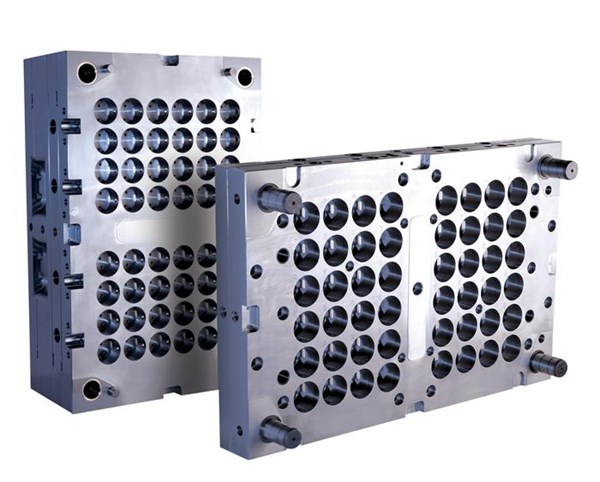Steel Price Outlook: Firm in 2013, Moderately Higher in 2014/2015
The rising cost of mold steel will be a problem for many North American moldmakers in the short term, but it will also generate many opportunities for moldmakers as substitutes for steel parts are developed in industries such as autos, appliances, medical, and aerospace.

According to the U.S. Bureau of Labor Statistics, the average price of steel declined by 4%-5% in 2012. This followed an increase of more than 13% in 2011. The monthly data was clearly in a gradual trend downward throughout 2012, but we do not expect this downtrend to be sustained in 2013. Steel prices will likely stabilize very close to current levels through the first half of the year, but a moderate uptrend will develop in the second half of 2013. This will result in an average annual price for 2013 that is little changed from the average of 2012. But after that, we expect the predominant trend in steel prices to be upward for the foreseeable future.
Steel prices moderated during the past year because the European economy entered a recession and the economies of the U.S., China, and Brazil all expanded at below-average rates. Steel prices will start to rise again as growth in the global economy accelerates. The global economic growth rate is expected to still be a bit below average in 2013, but by 2014 and 2015 the rate of expansion will accelerate.
The rising cost of mold steel will be a problem for many North American moldmakers in the short term, but it will also generate many opportunities formold makers as substitutes for steel parts are developed in industries such as autos, appliances, medical, and aerospace. As the North American petrochemical industry converts to using more natural gas in the production of feedstocks for plastic and composite materials, the price of resins could start to drop even as steel prices continue to rise. This would provide further incentive to substitute plastic parts for steel parts wherever possible.
One possible glitch in this scenario is the development of 3-D printing. Right now, this is little more than a blip out on the horizon. But there are some predictions that this is the "next big thing." It is still too early to tell how this will impact demand for molded parts, and ultimately molds. So for now we are sticking with our story: the prices for industrial commodities like steel declined moderately in 2012, but they will hold steady in 2013 and then start to rise thereafter. As always, stay tuned for future updates and modifications to this forecast.
Related Content
-
Three Considerations for Mold Steel Selection
Although a big challenge is selecting the right steel for the right job, steel selection has never been better in regards to quality, price and delivery speed. Here is a simple checklist when selecting your next mold steel.
-
How to Lower Cycle Times With the Right Tool Steel
Combining excellent mechanical properties, high wear resistance and high thermal conductivity in a specialty tool steel yields cycle time reduction.
-
VIDEO: Qualifying Modified H-13 for 3D-Printed Tooling
Next Chapter Manufacturing and International Mold Steel discuss their partnership to qualify a modified H-13 for tooling applications.















